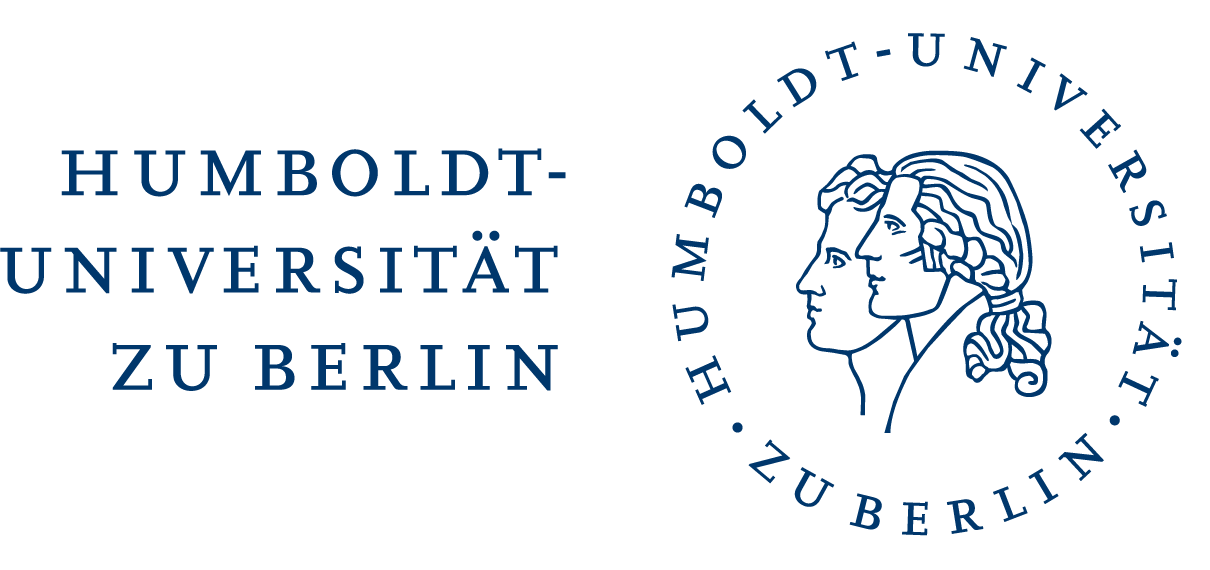Ali Aghaei (HU BIT): The Digital Transformation of Hadith Studies: Challenges, Opportunities, and New Perspectives
Cookie Talk Series, 13.02.2025, 09.30 - 10.00 am
At the Berliner Institut für Islamische Theologie (HU BIT), Dr. Ali Aghaei has been actively researching the digital transformation of Hadith studies. In his presentation at the IC D2MCM Cookie Talk Series, he highlighted how digital tools are reshaping Hadith analysis and the challenges that arise, particularly concerning Shi’a Hadith traditions. His current project focuses on developing a comprehensive digital framework that enhances access to Hadith sources while enabling deeper insights into their transmission and evolution. Despite the potential of digitalization, Shi’a Hadith traditions remain underrepresented in digital research, raising important questions about inclusivity and epistemological shifts in Islamic studies.
Understanding the Hadith Tradition
The Hadith, alongside the Quran, is one of the fundamental texts in the Islamic tradition. While the Quran is relatively concise, Hadith literature comprises extensive collections of statements attributed to the Prophet Muhammad, his companions, and the early Muslim community. These fragmentary texts serve as key sources for understanding legal, theological, and ethical issues in Islam. Hadith consists of two main components:
-
Matn (Text) – The statement or content attributed to the Prophet or early community.
-
Isnad (Chain of Transmission) – The list of transmitters who passed down the Hadith over generations.
This dual structure allows scholars to study both the content and transmission history, analyzing the evolution of statements and their interpretations. Traditionally, Hadith scholars had to master multiple disciplines to assess authenticity, context, and implications. The emergence of digital tools has introduced both new opportunities and significant challenges to Hadith studies.
Digitalization and Its Impact
The digital era has transformed how Hadith is stored, accessed, and analyzed. Various Islamic and Western research communities have developed digital tools to annotate, edit, and study Hadith texts. This transformation has led to innovative approaches, such as:
- Distant Reading: Using computational methods to analyze large corpora of Hadith.
- Network Analysis: Studying and tracking geographical & denominational transmission patterns to understand how Hadith was propagated.
- Named entity recognition: Identifying and disambiguating Hadith transmitters’ names.
- Annotation Technologies: Enabling diverse scholarly perspectives on Hadith interpretation.
However, digitalization also presents challenges. Traditional Hadith scholarship relied on detailed manual annotations and historical context, much of which is lost in digital formats. Additionally, biases may emerge depending on who initiates research and which methodologies they prioritize.
The Sunni-Shia Digital Divide
NA key issue in the digital transformation of Hadith studies is accessibility. While Sunni Hadith collections are widely available online, Shi’a Hadith texts face restricted.
- Sunni collections benefit from extensive funding, particularly from institutions in Saudi Arabia, making them widely accessible online.
- Shi’a collections are often closed software produced by state-sponsored initiatives and governmental entities in Iran, limiting open access. This discrepancy raises important questions about knowledge gatekeeping in the digital age and its implications for cross-denominational Hadith studies.
Rethinking Epistemology in Digital Hadith Studies
The shift to digital methods prompts scholars to reconsider epistemological approaches to Hadith. While digitalization facilitates new research possibilities, it does not fundamentally change the nature of Hadith scholarship—at least not yet. Scholars must critically reflect on which aspects of traditional methodologies should be retained and which can be reimagined using digital tools.
Pragmatic case studies could help navigate this transition by demonstrating how digital methods can complement, rather than replace, traditional scholarship. Addressing key challenges in Hadith studies will require balancing manual expertise with digital advancements to ensure a nuanced and comprehensive understanding of Islamic traditions.
To make a meaningful impact on Hadith studies in the digital era, Dr. Aghaei seeks collaboration within Humboldt University, particularly with colleagues in data management. He is also looking for students who can support the conceptualization of his research and the development of digital tools for Hadith analysis.
Conclusion
The digitalization of Hadith presents both opportunities and challenges. While it enables new methods of analysis, it also raises epistemological and accessibility concerns. The Sunni-Shia digital divide further complicates the landscape, highlighting the role of funding and institutional control in shaping access to Islamic knowledge. Moving forward, scholars must critically engage with digital tools while maintaining the depth and rigor of traditional Hadith studies, ensuring a balanced and inclusive approach to Islamic scholarship in the digital age.
👉 If you are interested in Dr. Ali Aghaei’s research or looking for collaboration, you can contact him directly at ali.aghaei@hu-berlin.de.
The IC D2MCM Team thanks Dr. Aghaei for his time and for sharing his research ideas with us.
Cite as: Eliza Mandieva: Cookietalk Ali Aghaei (HU BIT): The Digital Transformation of Hadith Studies: Challenges, Opportunities, and New Perspectives. In: IZ D2MCM Blog [Weblog], 07.05.2025. URL: https://izd2m.hu-berlin.de/2025/05/07/bp-Aghaei.html.

